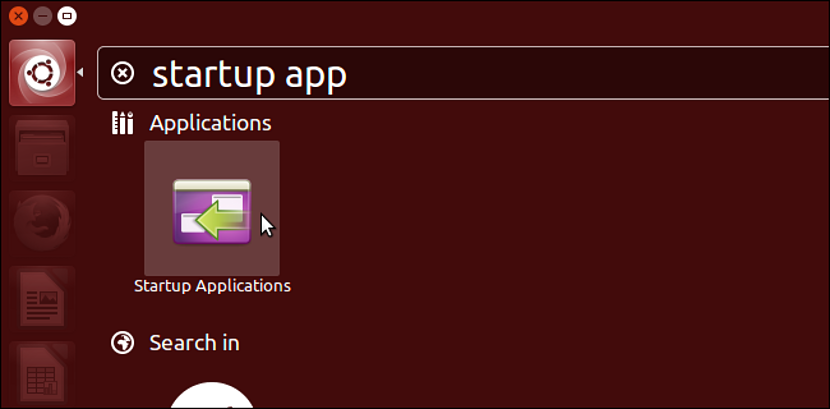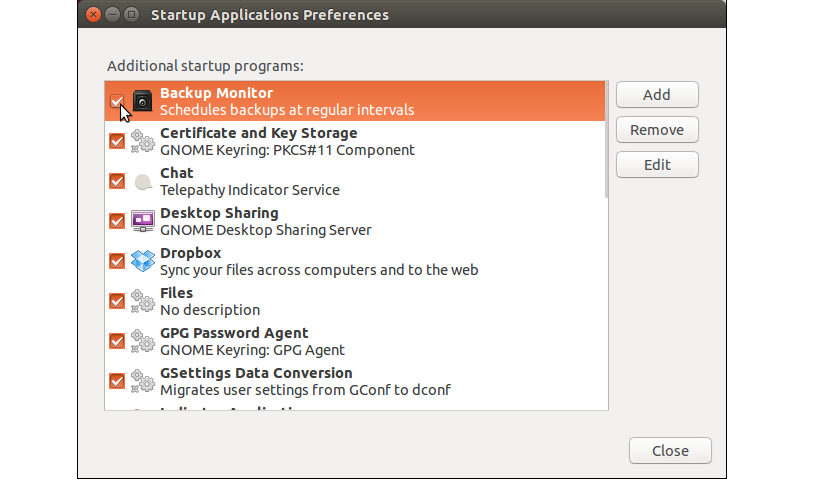
Just as at a certain moment we have suggested the possibility of manage those applications that start in Windows, we could also try to get the same results on Ubuntu 14.10.
The reason we may need to manage these applications that start with the operating system is because the operating system boots too slow; In this article we will mention how to proceed in order to manage these applications that start with Ubuntu 14.10, which differs greatly from what we could be doing in any version of Windows.
Little tricks to adopt in Ubuntu 14.10
Well, if we already have a clear picture of where we are going to enter our Ubuntu 14.10 operating system, we advise you to continue with the following steps, same as do not require extensive knowledge regarding the handling of statements and commands within this version of Linux. What could be required is that the commands or instructions that we will indicate must be written exactly to what will be proposed below, a good suggestion being to copy them and then paste them in the command terminal window.
First of all, we will start by suggesting the reader to check the preferences of the startup applications, a tool that will show those that are visible at this time.
Certainly not all those applications that we know exist and that are installed in Ubuntu 14.10 will appear, same as have been hidden by the operating system so that the user does not get to modify them. It does not matter if the operating system has placed them as hidden or invisible by default, because with a little trick we can make them appear and be visible within this same window.
For this, we will only have to call Terminal Window in the classic way, although if we do not know how this task is carried out, we could go to the keyboard shortcut CTRL+Alt+T, so that this window will immediately appear; once we have it in view, we will have to write the entire command line that we will propose below.
sudo sed –i 's / NoDisplay = true / NoDisplay = false / g' /etc/xdg/autostart/*.desktop
Due to the complexity of some of them, it is advisable to have to copy and paste as suggested above. Then we will only have to press the Login and later, enter the password if it is requested (and again, press the Enter key).
With what we have done, all those applications that were kept hidden will now be visible; to confirm it again we will have to go to the startup applications preferences tool we had previously. In case you don't know how to call it, we suggest you follow the following steps:
- We must click on the search button that appears in the upper left part of the screen.
- Later we write in the space «startup applications»If we have Ubuntu 14.10 in Spanish, although in an English version it would be«startup apps«.
- Immediately the tool icon will appear. Startup Applications.
- We only have to select this tool with a double click so that it shows us in its interface window.
If we compare the image we placed previously with the one we had at the beginning, we will notice a big difference; now They will already be shown to all those applications that start together with Ubuntu 14.10, being able to manage them according to our need for use; Now, if we want to leave everything as it was previously (that is, with those startup applications hidden), again we will have to open the Terminal Window and later, write the following command line:
sudo sed –i 's / NoDisplay = false / NoDisplay = true / g' /etc/xdg/autostart/*.desktop
After press the Enter key These applications that start with Ubuntu 14.10 will once again be invisible, a trick that you can run at any time you want to manage these applications if the operating system has a slow behavior.





